All products featured are independently chosen by us. However, SoundGuys may receive a commission on orders placed through its retail links. See our ethics statement.
Bone conduction headphones: Gimmick or godsend?
Although true wireless earbuds have been hogging the limelight as of late, there’s another breed of specialized wireless earphones garnering attention: bone-conduction headphones.
These have deep-seated roots in the hearing aid industry, but naysayers and die-hard fans abound. Let’s break down whether or not bone conduction headsets are a gimmick or something more.
Editor’s note: this article was updated on November 20, 2024, to update recommendation models.
How does bone conduction technology work?
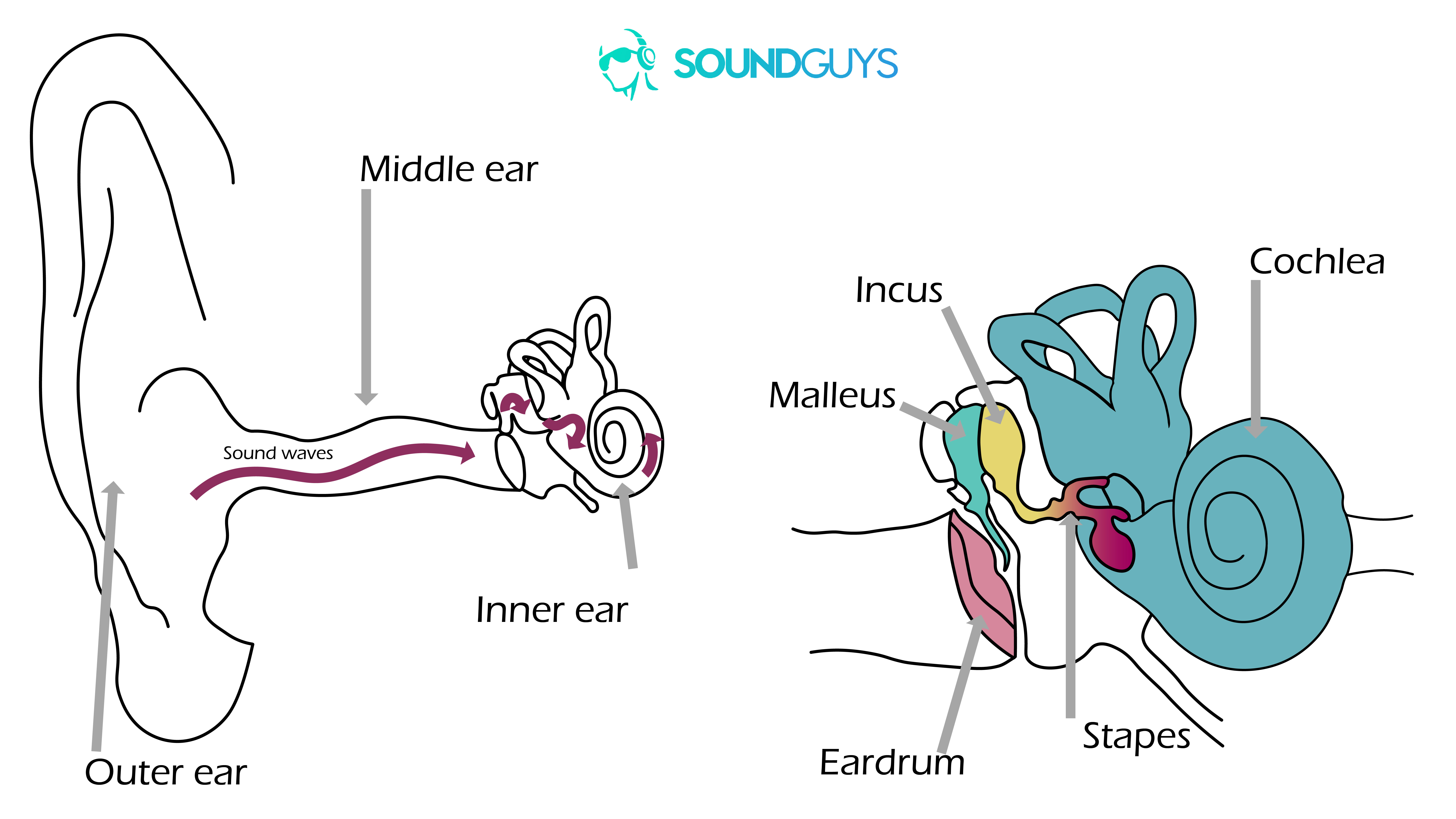
The abridged version of bone conduction headphones is that they rest directly on the listener’s cheekbones. Unlike traditional headphones and earbuds, the eardrum doesn’t vibrate to pass the information along to the cochlea. Instead, the vibrations from the bone conduction bee-lines for the cochlea.
Due to the lack of eardrum involvement, this technology is good for people with hearing deficiencies, as the bone conduction vibration acts in lieu of the eardrum.
Are bone conduction headphones safe?
Yes, bone conduction headphones are no less safe than any pair of headphones or earbuds that go in or over your ear, with the added benefit of remaining aware of your surroundings. However, some individuals may experience discomfort or pain in the area where the bone conduction transducers rest against the skull, especially with improper fit or prolonged use. But when used responsibly and in moderation, there is no health risk to using them.
Why you shouldn’t get bone conduction headphones
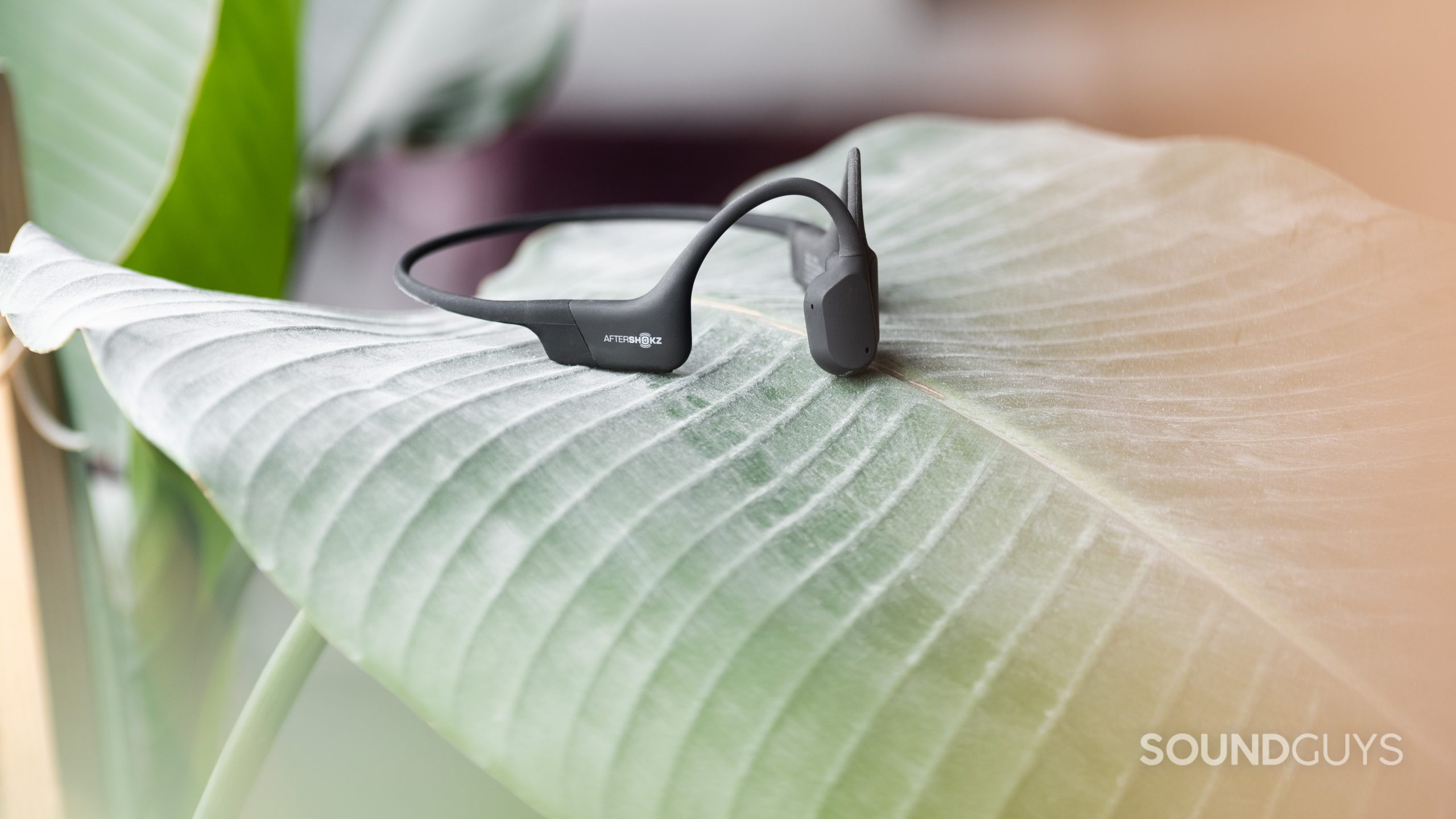
Bone conduction nay-sayers harp on the importance of isolation, but it’s more than repetition for the sake of repetition; it makes an audible difference. Insulating your eardrums from outside clamor benefits clarity because a good seal mitigates auditory masking. What’s more, if your eardrum isn’t being used, transmission accuracy is compromised. You’ll get the gist of your media playback, but the audio quality is severely degraded.
If audio quality matters to you at all, avoid bone conduction cans.
Sound quality aside, the fit may be uncomfortable. Let’s take the Aftershokz Trekz Titanium, one of the more popular options; it rests atop your cheekbones and balances its weight on a small portion of your ears. It’s hard to maintain a stable fit when walking, let alone when doing more vigorous activities like running.
Those who fall into this camp believe they’re paying more for less. The concept is novel, but real-world use reveals many deficiencies. Of course, there are always two sides to a coin.
Why you should get bone conduction headphones
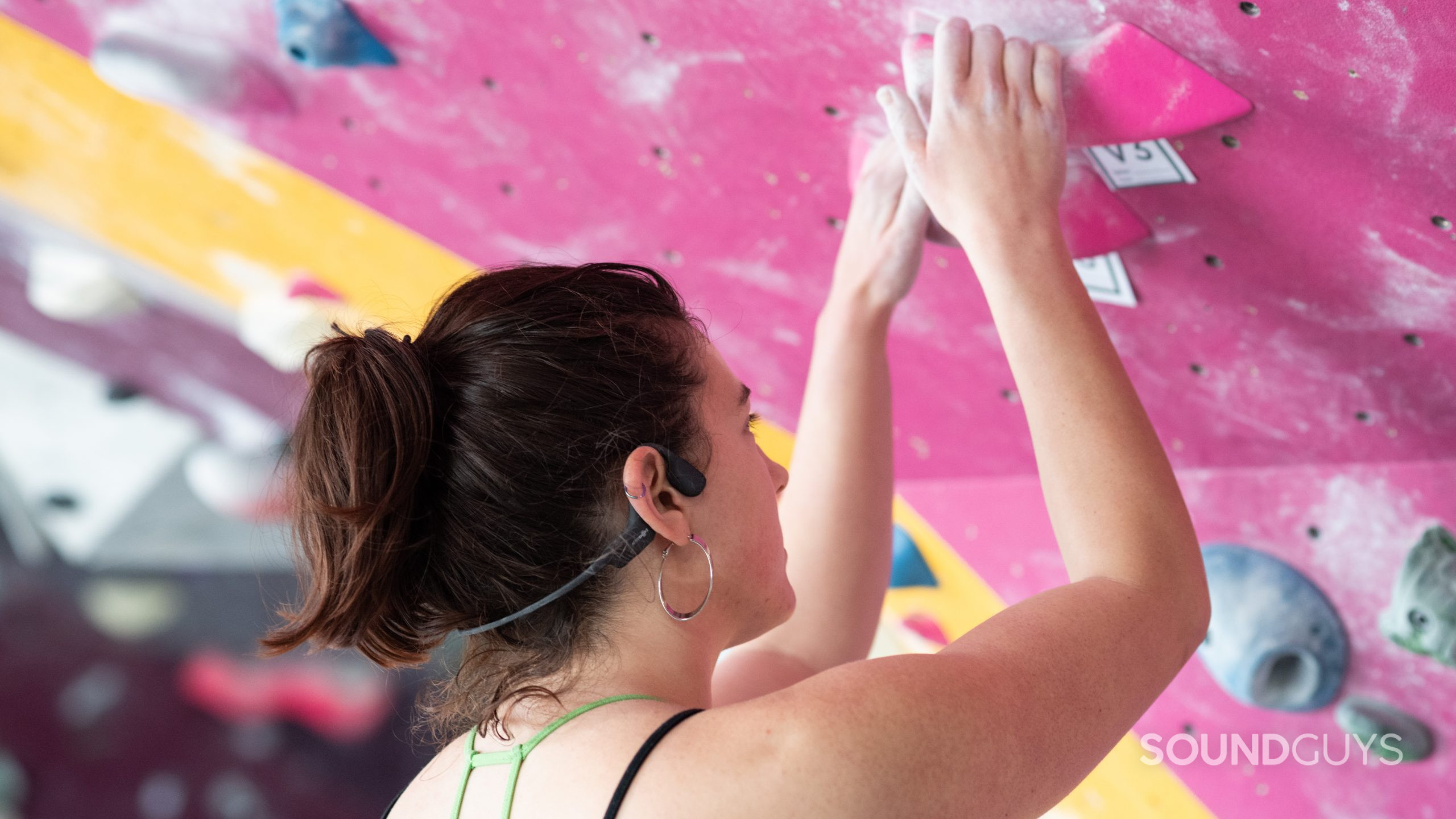
All right, so consumers in favor of bone conduction headphones champion the technology for safety reasons and because it’s beneficial for those who are hard of hearing. Regarding the former, being aware of your surroundings during outdoor workouts is a necessity, especially for runners. Since these don’t seal around or even touch the ear canal, they allow you to hear other pedestrians, passing cars, and other potential hazards.
What’s more, if you suffer from hearing loss and use hearing aids, bone conduction headphones are a viable option. While conventional earbuds and headphones may interfere with or jostle hearing aids, bone conduction headphones bypass this. Additionally, listeners who are deaf in one ear may enjoy stereo sound that can’t be heard with traditional in-ears. Bone conduction headphones give certain listeners a sense of hearing that may otherwise be unavailable to them.
Bone conduction headphones are great if you live in a city and want to remain aware of traffic while walking or cycling.
Although audiophiles likely won’t be endorsing bone conduction headphones anytime soon, the fact remains that they serve a purpose for those with impaired hearing. To call them a complete gimmick would be oversimplifying the technology and its various use cases. Yet, to call them the best thing since the TRRS plug would be a severe exaggeration. Plenty of great wireless earbuds provide better audio quality if your hearing ability is unimpaired. If you are someone who experiences hearing loss, bone conduction headphones are a great option.
How to wear bone conduction headphones
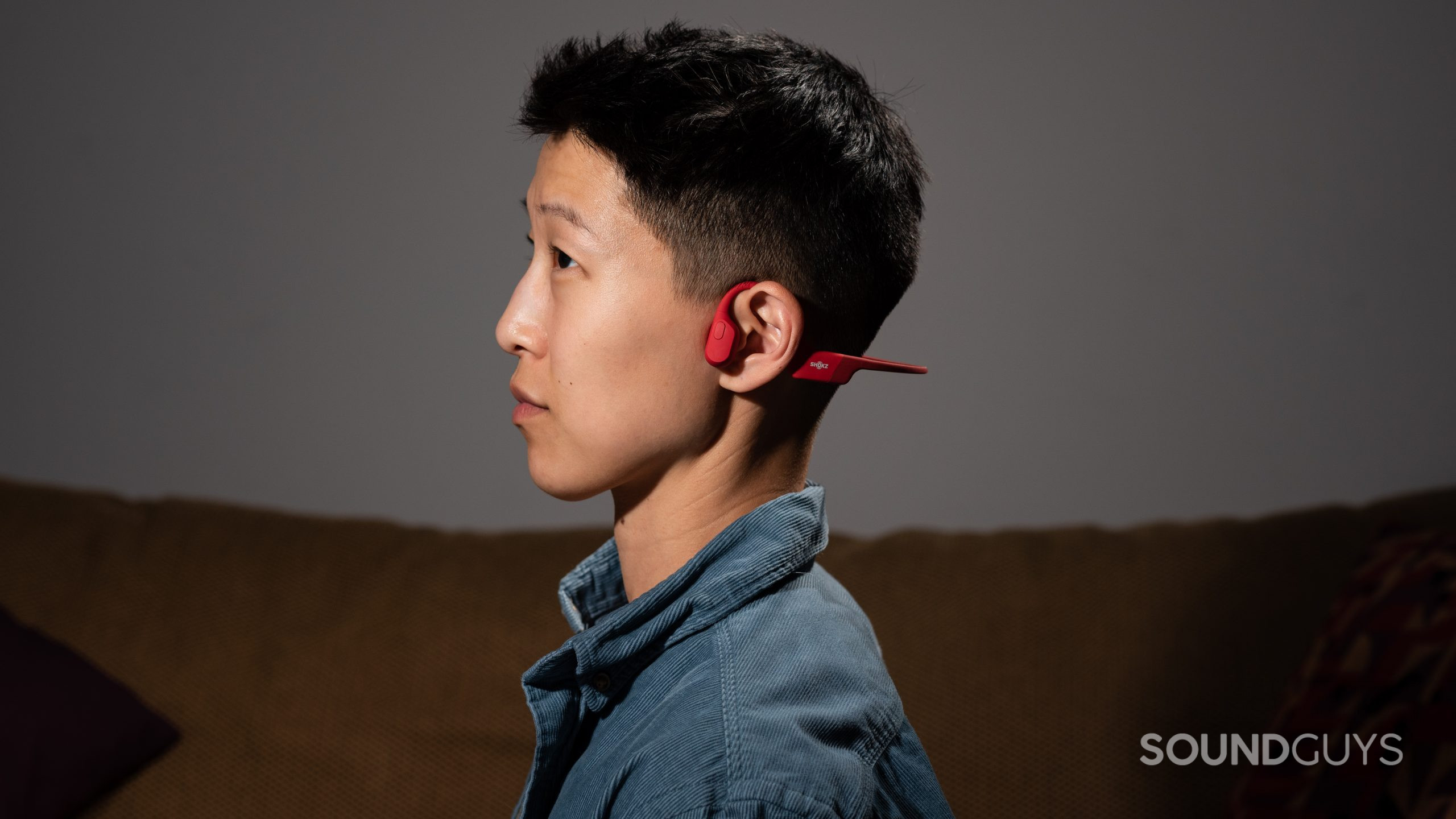
Proper fit and positioning are essential for getting the best audio experience and avoiding discomfort when using bone conduction headphones. Here are some tips:
- Position the transducers: Locate the flat transducer surfaces that rest against your skull, typically in front of your ears. Position them snugly against the bony areas in front of your ears, just above your jawbone.
- Adjust the headband: Most bone conduction headphones have an adjustable headband. Gently tighten or loosen the band until the transducers are firmly but comfortably pressed against your skull.
- Ensure a secure fit: The transducers should not move or slip when you shake your head. Adjust the headband and transducer positioning as needed to achieve a secure, stable fit.
- Don’t over-tighten: While a snug fit is necessary, avoid excessive tightening, as this can cause discomfort or pain after extended wear.
Following these tips can help ensure a comfortable, secure fit and optimal sound quality.
What are the best bone conduction headphones?
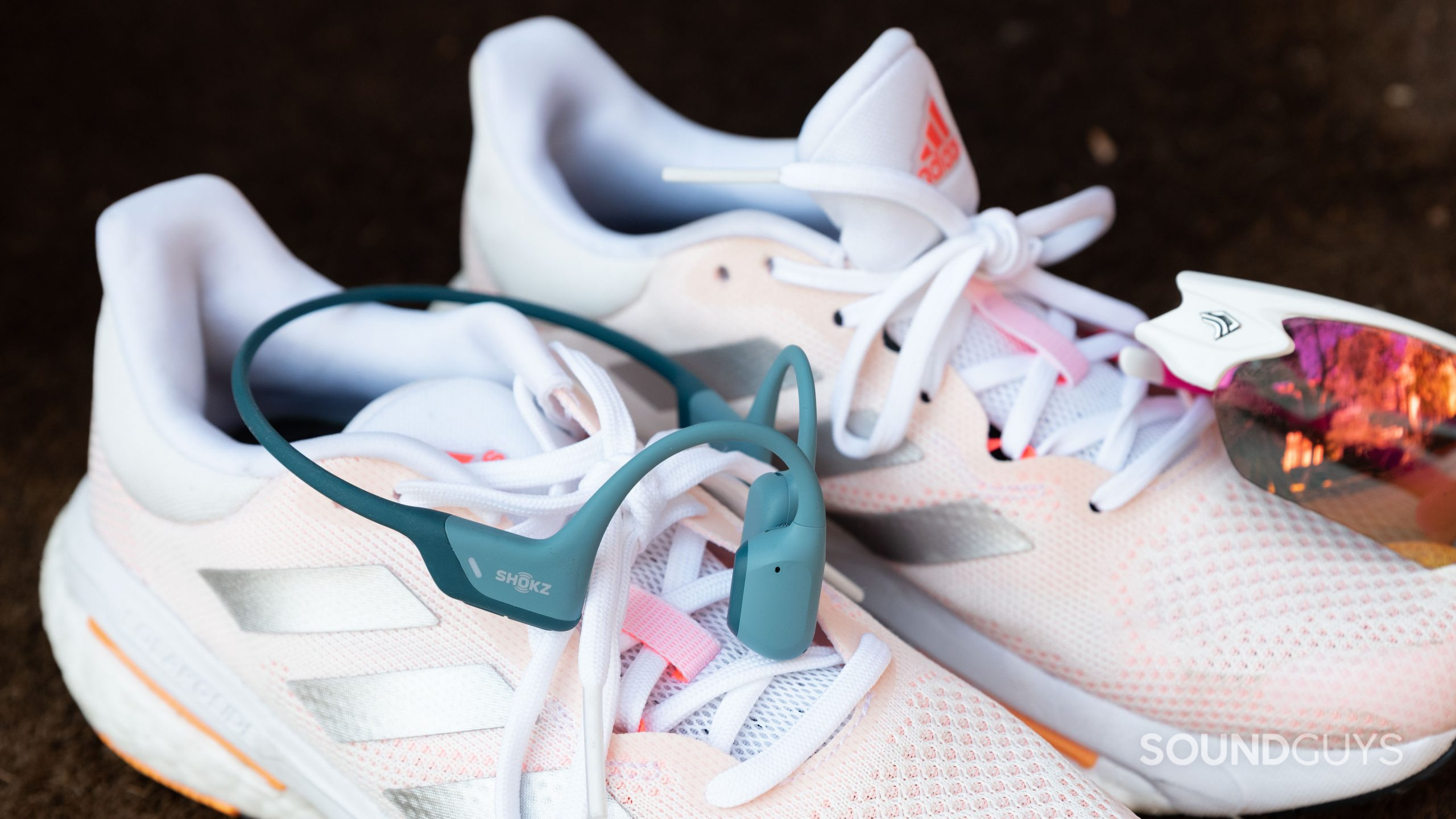
You’ll notice that Shokz (formerly AfterShokz) makes most of the bone conduction headphones around. Shokz has a real hold on this niche market, and many third-party options fall short of Shokz’ offerings. Below are some of my favorite bone conduction headphones:
- Shokz OpenRun ($129 at Amazon): These are currently the best set of bone conduction headphones for most people, and they’re a rebrand on the famed AfterShokz Aeropex. With the Shokz OpenRun, you get Bluetooth 5.1, 8th-gen bone conduction technology, and fast charging. Unfortunately, you have to deal with the company’s proprietary two-pin connector, but there are worse things.
- Shokz OpenRun Pro ($179 at Amazon): If you want the best pair of bone conduction headphones regardless of price, get the OpenRun Pro. These headphones come with a mobile app, and audio output is less likely to change dramatically as jaw movement displaces the OpenRun Pro.
- Shokz OpenMove ($79 at Amazon): For the best budget bone conduction headphones from Shokz, I recommend the Open Move. Unlike the company’s other headphones, these charge via USB-C. You get an IP55 dust- and water-resistant build along with multipoint connectivity.
To see the rest of your options, check out our list of the best bone conduction headphones.
What are some good open earbuds you can buy instead?
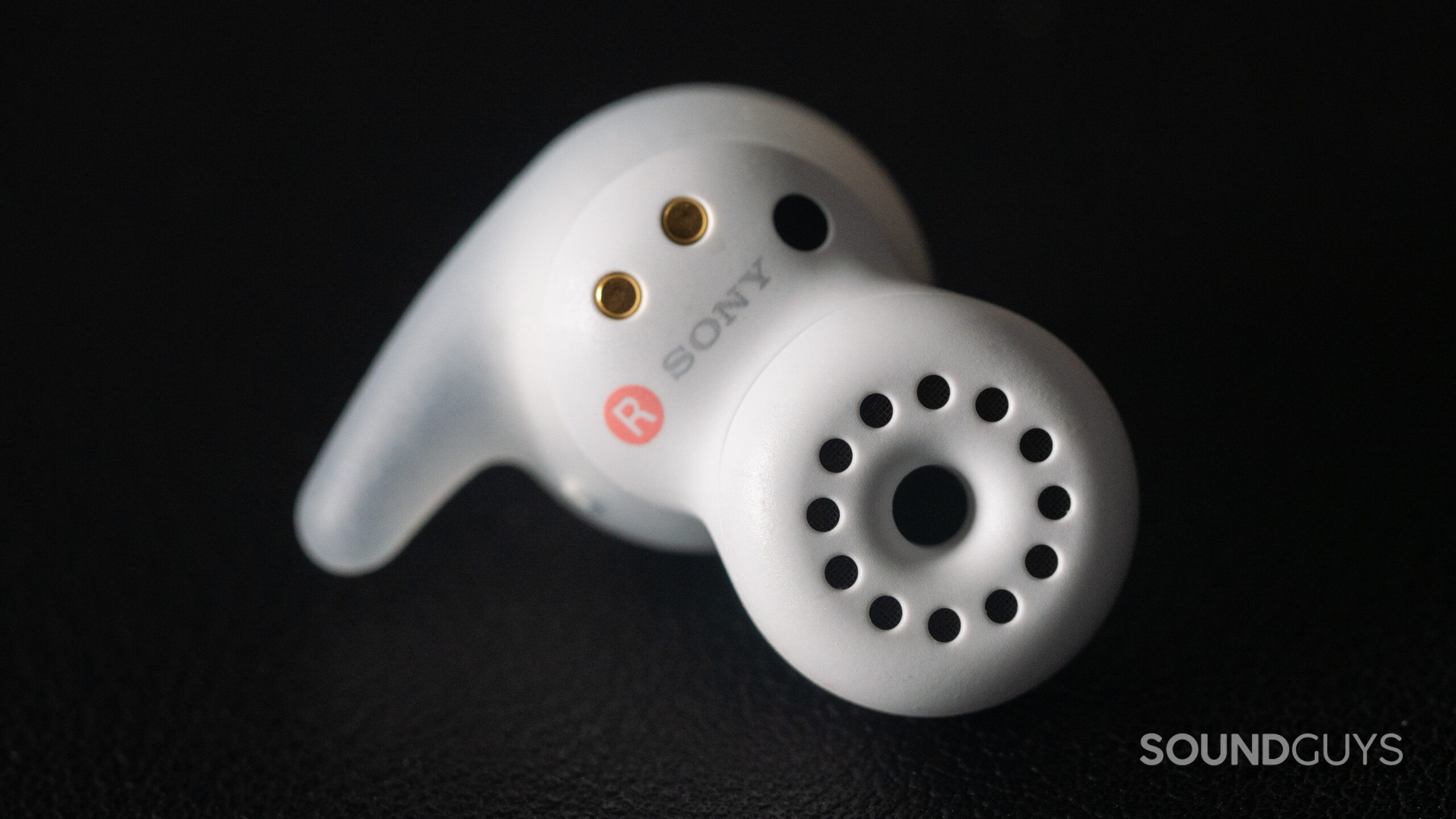
The Sony LinkBuds Open ($199.99 at Amazon) are great open earbuds that don’t seal your ear canals. This kind of fit is more akin to traditional wireless earbuds than bone conduction headphones, and the earbuds still occlude your ear canals a bit. We like that Sony provides interchangeable ear wings for a more secure fit, so you can throw your head around without shaking the buds loose. These donut-shaped earphones aren’t quite as durable as most bone conduction headphones, but the IPX4 rating should get you through just about any workout.
Like bone conduction headphones, the Bose Sports Open Earbuds (on the product’s website) feature an unoccluded design that leaves your ear canals completely open. You get all the same safety benefits from Bose’s chunky earbuds as you do from a set of bone conduction headphones, but Bose’s earphones sit where your ears meet your skull and use precisely placed speakers to funnel sound down your ear canals. If you have fine hearing abilities and want something to keep you safe, these IPX4 earbuds are a great option. They sound much better than bone conduction and serve a similar purpose for those (without hearing impairments) who need a pair of earbuds that are safe for outdoor use.
Frequently asked questions about bone conduction headphones
Yes, AfterShokz changed its name to Shokz in December 2021, and has been releasing new headsets under the Shokz name.
Possibly! This is a difficult one to answer, but if what causes your vertigo is the seal over, or in your ear and the change in pressure that results, bone conduction does not seal anything. Therefore, it shouldn’t alter the pressure in your ears.
This is not a guarantee because we aren’t medical professionals. The canals of the ear are complex, as is the interplay with the ear’s connection to sinuses, and vertigo has a number of different causes. But, if it’s the change in air pressure that is your main culprit, have you tried open-back headphones, which generally have very little in the way of air pressure change by virtue of being open? Clamping force may also play a role, so perhaps an open-back headphone like the AKG K240, which tends to have a looser fit and is very much an open-back design, could also work.
Unfortunately, no: bone conduction may bypass your outer ear, but needs the inner ear bones, cochlea, and your nerve to work in order for you to hear audio. An acoustic neuroma is a tumor on the nerve bundle that connects these organs to your brain, and if that nerve is severed, there’s no longer a link from the ear to your brain. Bone conduction can’t bypass this.
The Aftershokz Aeropex are the best bone conduction headphones: they use Bluetooth 5.0 technology, has an eight-hour battery life, and are IP67-rated. To learn more, check out our list of the best bone conduction headsets.
In theory, yes: because your ear canal is unoccluded, outside noise can make it to your inner ear much more easily than it would if you were wearing headphones or in-ears. However, you still need to listen at a responsible volume, as your brain can make it harder for you to hear certain noises if you’re listening to loud music. Remember, auditory masking takes place in your brain, not your ear.
This depends on the design of your hearing aid. If you have in-the-ear (ITE) or invisible (IIC) hearing aids, you should be able to use bone conduction headphones with hearing aids without issue. However, if you have behind-the-ear (BTE), receiver-in-canal (RIC), or open-fit hearing aids, you could experience some discomfort when wearing bone conduction headphones because they may make contact with the top part of the hearing aid module.
Unfortunately, bone conduction headphones get sound to your inner ear by vibrating the bones removed in your surgery, so it’s unlikely they’ll work for you.
Yes. Earplugs physically block the entrance to the ear canal, while bone conduction headphones work by sending vibrations to the bones in your inner ear. In theory, this should work, though you would lose out on the advantages of bone conducting headphones.
Although bone conduction headphones bypass the eardrum, they still have to transmit vibrations to the inner ear for your cochlea to receive and funnel to the brain via stereocilia vibrations. Therefore, they still must emit the same frequencies and vibrations to reach your cochlea, meaning some sound will be heard by those around you due to the lack of seal.
Tinnitus typically is a product of the brain in response to hearing loss. Bone conduction headphones won’t cure your tinnitus, but they’re safe to use.
This will depend on the extent of the sensitivity and the specific model. Bone conduction headphones still attach to your head or your ears.